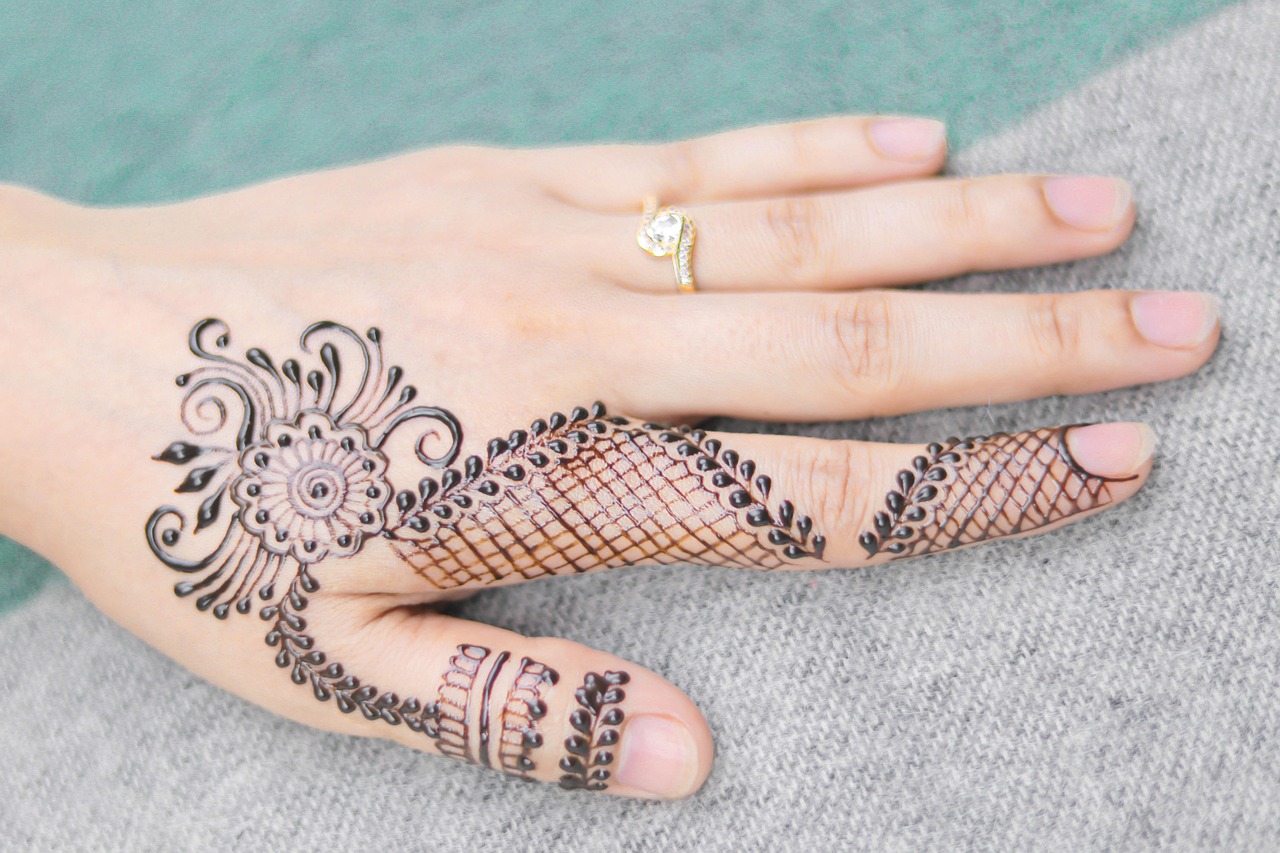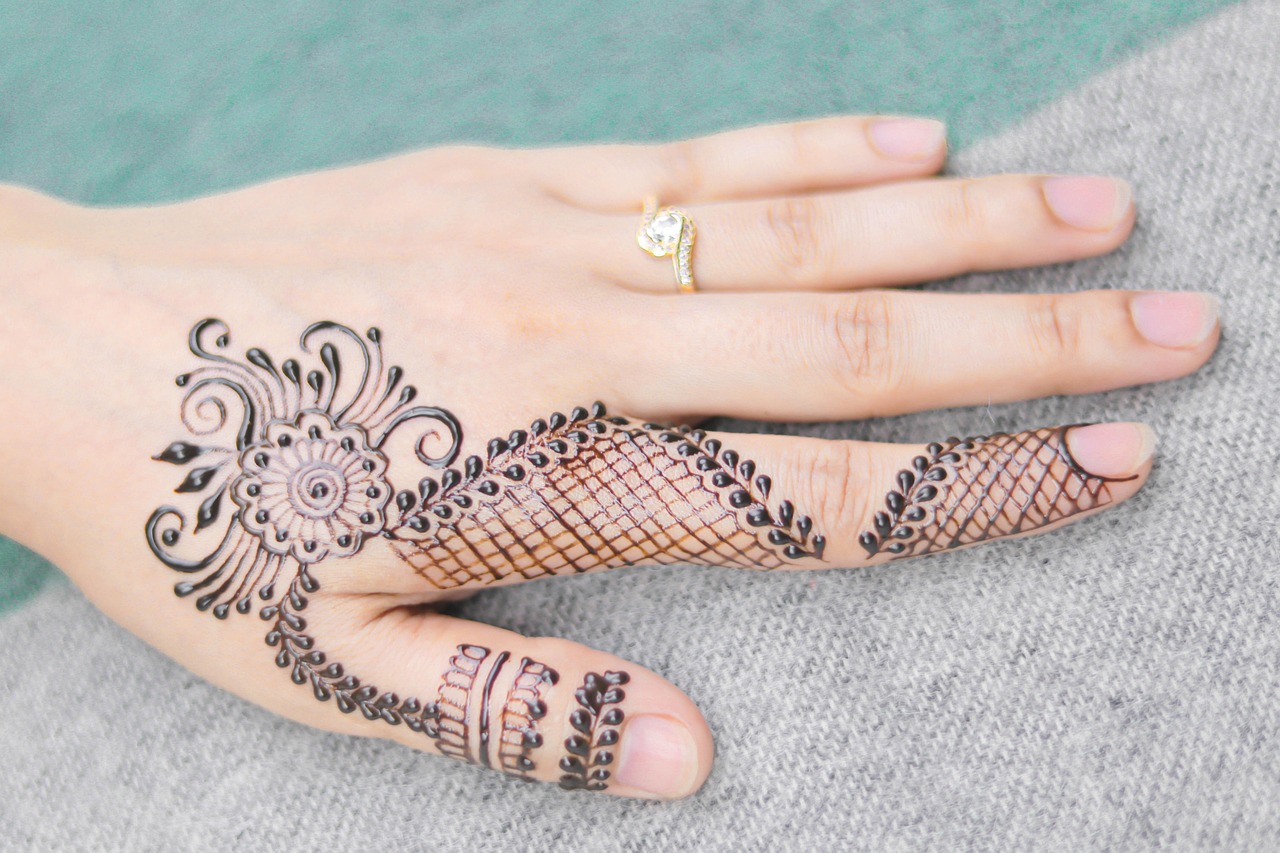Easy Mehndi Design on Paper: A Guide to Learning Mehndi Art Effortlessly
Mehndi, also known as henna art, is a beautiful and intricate tradition loved worldwide. However, for beginners, applying directly on the skin can feel intimidating. That’s where learning easy mehndi design on paper comes in. Practicing on paper not only builds your confidence but also helps you master the art before trying it on the skin. In this guide, letâs explore some tips, techniques, and insights to get you started.
Why Practice Easy Mehndi Designs on Paper?
Practicing mehndi on paper gives beginners a stress-free way to perfect their designs. Itâs an excellent medium for experimenting with patterns, understanding linework, and enhancing symmetry. The process is simple, cost-effective, and accessible to anyone with a pen and paper.
Is Practicing on Paper Effective for Beginners?
Absolutely! Drawing mehndi designs on paper helps you refine your strokes and develop control over your hand movements. It also helps you visualize designs better, making it easier to replicate them on the skin later.
External Information – Why Design Practice Matters
According to a study on skill development in arts, repetitive practice on easy mediums improves creativity and proficiency by 60%, making it an essential step for any art form.
Step-by-Step Guide for Practicing Mehndi Design on Paper
To get started, gather some basic supplies: plain or graph paper, a fine-tipped pen (preferably brown to mimic mehndi), and inspiration from simple designs. Follow these steps:
- Start with basic shapes like dots, lines, and small spirals.
- Experiment with commonly used motifs such as flowers, paisleys, and mandalas.
- Gradually combine these elements into larger, cohesive designs.
- Use grid paper for symmetry and balanced spacing.
What Designs are Best for Beginners?
As a beginner, focus on simple and repeated patterns. Try drawing floral vines, basic paisley patterns, and small mandalas. These not only improve your skills but are also foundational elements in mehndi art.
External Information – Example of an Easy Design
For an example, check out this Pinterest board of simple mehndi designs, showcasing beginner-friendly patterns that look stunning when mastered.
Pro Tips for Practicing Mehndi on Paper
Beyond the basic techniques, there are a few professional tips that can take your mehndi practice to the next level. Here are some practical insights:
- Use sketch pens or henna-cone-like pens to mimic the texture of actual mehndi.
- Download mehndi design templates to trace and practice.
- Time yourself to prepare for actual application speed.
How Do You Transition from Paper to Skin?
Once you’re comfortable with designs on paper, switch to using practice boards or plastic sheets with henna cones. Gradually upgrade to practicing on your hand or a modelâs hand for real experience.
Expert Tip
Professional mehndi artist Anita Khanna advises, âConsistency is key. Start small with repetitive patterns and slowly work your way toward complex designs. Itâs better to be steady than to rush.â



